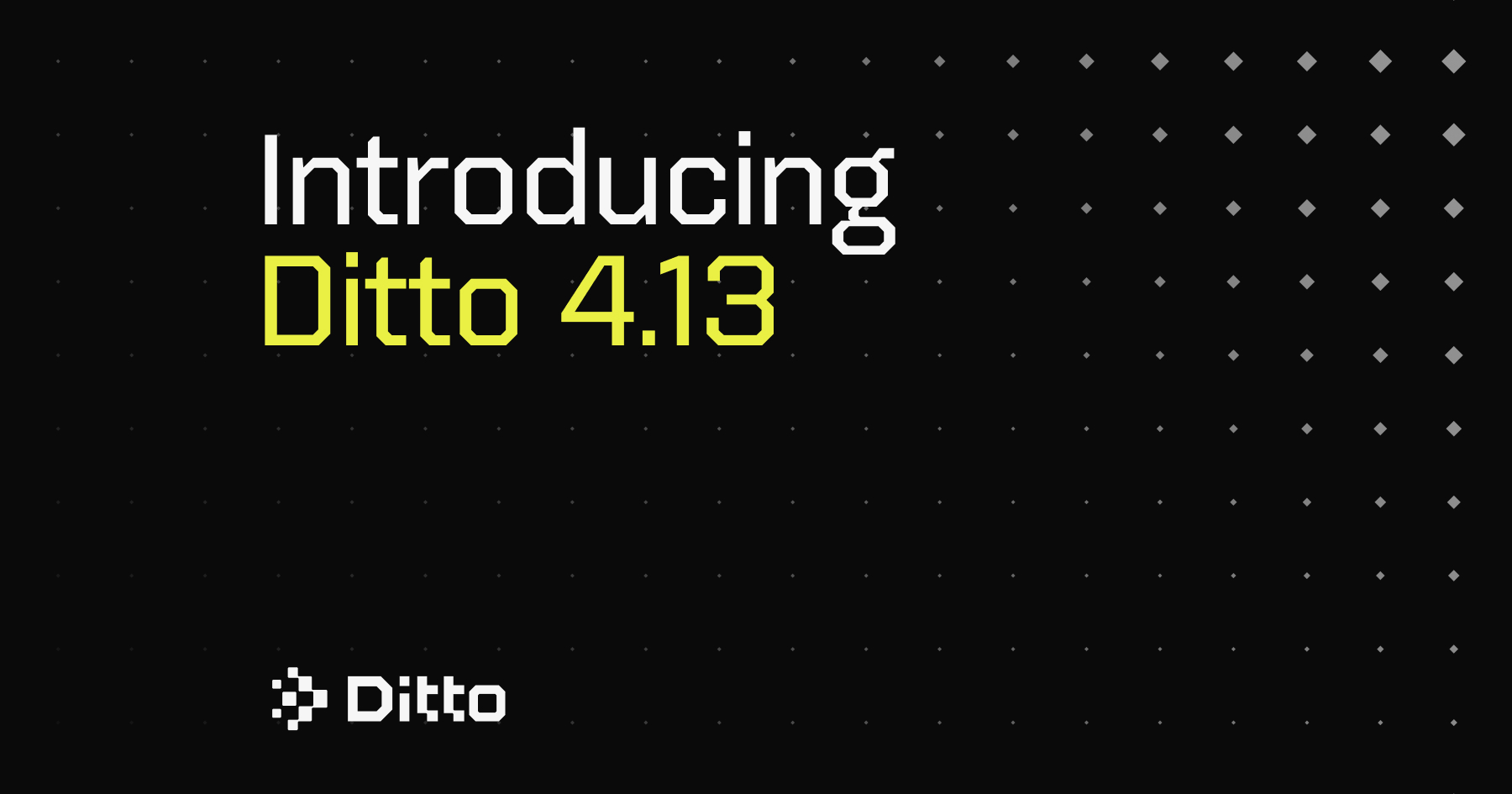Published OnOctober 24, 2025October 24, 2025
Beyond GOTS: The Case for Commercial Edge Sync in Defense and Public Sector Operations
Leverage the scale, agility, and innovation velocity of the commercial market while maintaining the capability to integrate government-grade security requirements.

"Executive Order (EO) 14271, 'Ensuring Commercial, Cost-Effective Solutions in Federal Contracts,' requires agencies to procure commercially available products and services, including those that can be modified to fill agencies' needs, to the maximum extent practicable... program managers and contracting officers must work together to identify commercial solutions to fulfill DoD mission requirements."
— John M. Tenaglia, Principal Director, Defense Policy, Contracting, and Acquisition Policy, May 2025
Executive Order 14271 represents a significant shift in federal procurement policy, mandating that agencies prioritize commercial solutions that deliver cost-effectiveness and capability. Ditto's Edge Sync platform exemplifies this directive: a proven commercial-off-the-shelf (COTS) solution that addresses critical requirements for resilient connectivity and data sharing at the edge.
This analysis examines why Ditto Edge Sync, though informed by public sector input, delivers advantages over Government-Off-The-Shelf (GOTS) alternatives—precisely because of its commercial foundation and dual-use architecture.
Ditto Edge Sync: Dual-Use Commercial-Off-The-Shelf (COTS) Technology
The Ditto Edge Sync platform was developed to address a common challenge across commercial and public sectors: syncing and sharing data in Denied, Degraded, Intermittent, and Limited (DDIL) environments without the cloud or centralized servers - what we at Ditto call cloud-optional.
Ditto solves this problem by combining an embedded offline-first database with networking software that can enable resilient peer-to-peer networking through a mesh network of nearby devices. This technology can fit on devices as small as a Raspberry Pi and standard mobile devices.
Edge Sync propagates data automatically, and instead of every data sync event depending on a round trip to a remote server in the cloud, devices embedded with Ditto automatically create a local, peer-to-peer mesh network and can sync directly, via various transport such as WiFi, MANET, and SATCOM, even without any internet connection. With Ditto, the cloud and local servers are optional participants.
Ditto's Edge Sync is now deployed for public sector applications, including defense logistics, first responder communications, public safety, tactical command and control data sharing, and situational awareness.
Ditto enables edge devices to be networked peer-to-peer, maintaining connectivity even when enterprise or cloud connectivity is disrupted.

Since its founding in 2018, Ditto's Edge Sync technology has also been embraced by thousands of commercial users. Companies like Norwegian Cruise Lines use Ditto to ensure workers can gather and share data in any working environment. Chick-fil-A uses Ditto to ensure that data can always be shared in its retail operations, even if there is no internet connection. Japan Airlines uses Ditto to enable its crews to share and sync data in-flight, peer-to-peer.
Three Key Advantages
Thousands of people in the public and commercial sectors use Ditto in various ways every day, providing real-time feedback and continually pushing it to improve. This gives systematic advantages over comparable GOTS solutions. Here are three particularly relevant for public sector customers:
- Continuous, Commercially-Funded, Capability Improvement
GOTS technologies were designed as prototypes or proof-of-concept solutions for a limited number of users, with their capabilities fixed at a certain point in time. Product documentation, APIs, SDKs, and sample software, as well as continuous feature updates and bug fixes, are subject to the availability of government R&D funds. By contrast, Ditto's Edge Sync has been designed for scalability, with ample supporting tools. Since its launch in 2018, Ditto has made thousands of updates and improvements to its technology, solving customer problems whether they are in the commercial or in the public sector.
- Convergence and Interoperability
One of the risks—and hidden potential costs—of GOTS solutions is that they may not have a roadmap for interoperability or convergence with other similar solutions or platforms. Ditto, as a COTS technology provider, has a powerful financial incentive to design for interoperability and convergence—the more users that can deploy its technology, the better. The proof of this is in the current Ditto Edge Sync platform, which today supports a proven, commercially deployed synchronization engine based on Conflict-free Replicated Data Types (CRDTs) and standard IP networking, and has also demonstrated interoperability across Android and iOS TAK variants, including TAK Aware, ensuring readiness for heterogeneous operations.
- Lower Total Cost of Ownership
One of the attractions of GOTS software for government customers is that there (usually) is no upfront license fee to pay. But the total cost of ownership includes not only the initial price of acquisition, but also the cost of integration, configuration, provisioning, training, and service and support. When one takes into account all those cost drivers, Ditto is superior to GOTS alternatives. Ditto's software can be provisioned and configured dynamically on commercial hardware platforms—eliminating the need for manual involvement, field service technicians, and specialized integration.
Conclusion: Strategic COTS Adoption for Edge Connectivity
GOTS solutions serve vital roles in the public sector ecosystem. GOTS platforms, such as the Tactical Awareness Kit (TAK), have successfully created interoperable frameworks that enable industry innovation and commercial integration. Similarly, GOTS investments remain essential for high-risk, foundational technologies—such as quantum computing and fusion energy—where the technology risk or timeline is too abstract for private sector investment. Finally, highly specialized, government-unique applications, such as weapons systems and survivability technologies, often require custom GOTS development due to their bespoke nature and limited user base.
However, edge data synchronization does not fall into any of these categories. The challenge of maintaining connectivity and sharing data in Denied, Degraded, Intermittent, and Limited (DDIL) environments is neither abstract nor unique to the public sector—it is a problem faced daily by commercial customers. As edge computing becomes ubiquitous across industries, the need for resilient, peer-to-peer data synchronization continues to grow exponentially.
Ditto offers public sector customers a field-tested, commercially sustained solution with proven interoperability, continuous improvement cycles funded by a diverse user base, and significantly lower total cost of ownership. Unlike purpose-built GOTS alternatives, Ditto leverages the scale, agility, and innovation velocity of the commercial market while maintaining the capability to integrate government-grade security requirements.
The question for public sector decision-makers is straightforward: when a mature commercial solution exists that addresses mission requirements more effectively and economically, can you justify the hidden costs and limitations of developing or maintaining a GOTS alternative?





